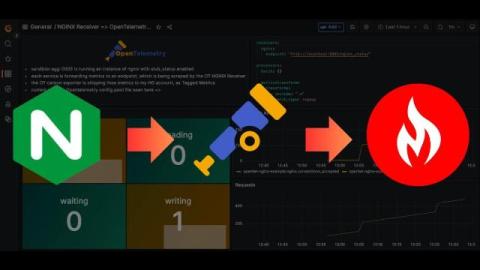Balancing Technical Debt in Fast-Growing Teams
Sometimes messy code is better than perfect code. Hear from Ramiro Berrelleza on why over-cleaning technical debt can paralyze your startup's growth, and when it's okay to move fast and fix later. From The Incidentally Reliable podcast - real stories from the trenches of site reliability engineering. Made by SREs for SREs and hosted by Zenduty. Zenduty is a revolutionary incident management platform that gives you greater control and automation over the incident management lifecycle.











